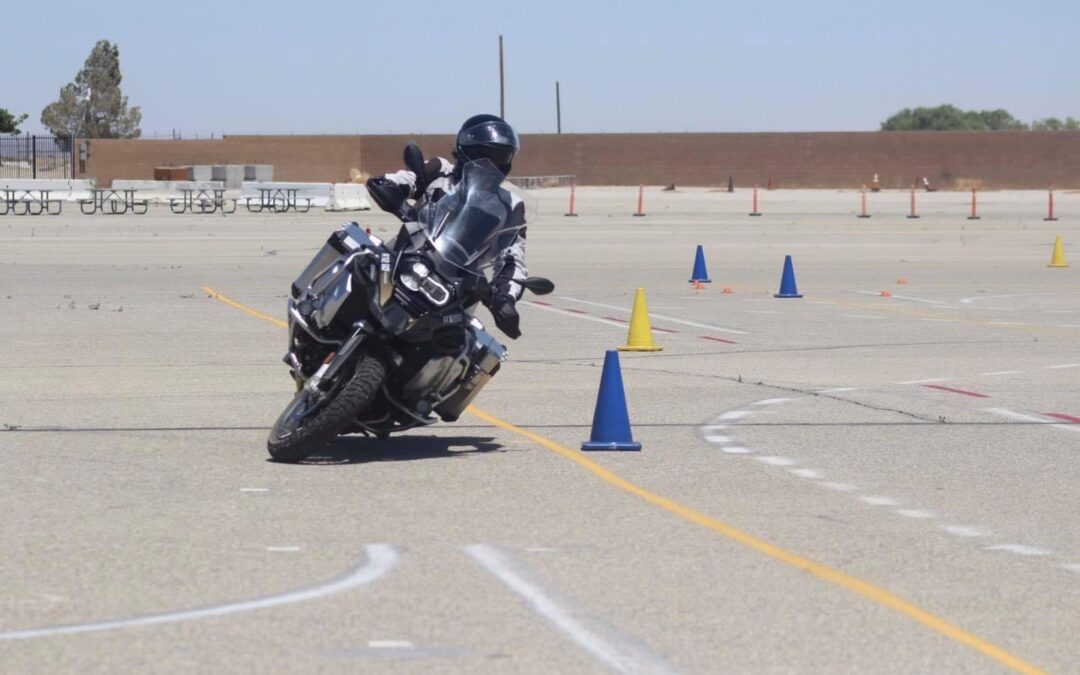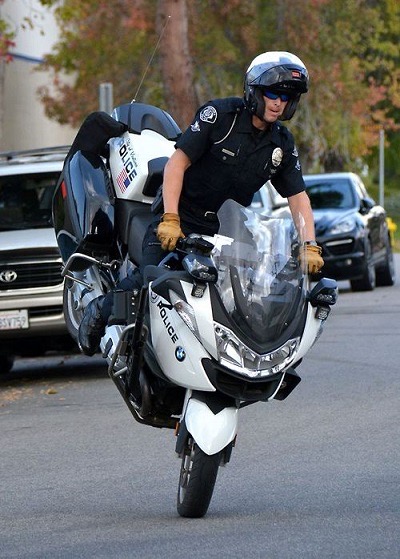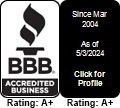One of the ways we can avoid motorcycle accidents is by understanding our braking system, and how we apply the brakes could significantly affect how quickly we stop.
There is a lot of power in the front brake. Motorcycles have a minimum of 70% braking power on the front wheel and 30% braking power on the rear wheel for touring bikes, and up to 90-95% of our braking force can be on the front tire for sportbikes. Part of the reason there is so much braking power on the front is because when we apply the brakes, we have a lot of the weight of the bike transfer to the front tire. When the weight transfer to the front tire, it will cause the front tire to push down, which causes a more significant footprint on that front tire. A larger footprint means more tire touching the ground, which equals more traction and more stopping power. Since most of the weight has transferred to the front tire, the rear tire doesn’t have as much weight pushing the tire down, which equals less traction. If we continue to push down on that rear brake with the same pressure or more, it will cause a rear tire to skid. As the weight of the motorcycle transfer to the front wheel, we must start letting off that rear brake slightly to avoid a rear tire skid.
Learning to properly apply maximum braking for the front and rear tires without skidding takes practice. The time to practice maximum braking isn’t when you are about to crash into a vehicle. You want to practice in a large parking lot, practice maximum braking in a straight line, and not practice at speed higher than 30 MPH. Now when you are practicing maximum braking, there is a good chance that you could cause the front or rear tire to skid.
If you get into a rear tire skid, you want to let off that rear brake slowly. If you decide to let off that rear brake quickly, it could cause you to high side the motorcycle. If you get into a front tire skid, you want to release that front brake and re-apply the front brake immediately. If you don’t release the front brake, it could cause you to go over the handlebars of your motorcycle and your motorcycle flip over or could cause a low side crash. Releasing the front brake and reapplying sounds easy enough, but that may not be so easy when your brain goes into panic mode. Therefore, you need to practice in a parking lot to build muscle memory.
(Officer Quinn Redeker showing off his skills at a motorcycle police competition)
I have heard a lot of riders, including riders that have a lot of riding time, say that they only use their rear brake or only the front brake. These riders will instruct newer riders to do the same thing. This is terrible advice. Suppose you have 70% braking power on the front wheel and 30% braking power on the rear for a cruiser-type motorcycle. If you are only using the rear brake, you only use 30% of your full braking power. Even if you switch it around and only use the front brake, you lose 30% of your braking power. Using only one brake could be the difference between being involved in a motorcycle accident and avoiding a vehicle or obstacle altogether.
Some great braking technology on newer motorcycles can help new and experienced riders stay safer on the road. ABS (Anti-Lock Brake System), ABS Cornering, integrated and linked braking systems.
ABS is great technology to prevent a motorcycle from locking up the front or rear tire. ABS will recognize that the tire is locking up immediately, release the front brake and quickly re-apply the brake. The ABS can adjust the braking pressure around ten times per second. ABS is excellent, but if you are an experienced rider, you can stop faster than ABS can stop the motorcycle. ABS can be more effective for even experienced riders when the road is not ideal, like rain, dirt, oil, etc., on the ground. If you have never experienced ABS on a motorcycle, I strongly suggest that you practice getting your bike into ABS to know how it feels. The last thing you want to do is get into an emergency situation, grab a fistful of brakes, and the ABS activates and causes you to let go of the brakes because you’re unsure why your front brake lever or rear brake pedal is pulsing. This could turn into a motorcycle collision.
ABS Cornering is another great technology that manufacturers are putting on motorcycles now. ABS Cornering does the same thing as ABS but prevents you from locking the tires while leaning over in a corner which could cause a motorcycle collision.
Integrated and Linked Braking Systems allow you to apply the front or the rear brake and automatically apply the other brake. It would help if you practiced using these systems to avoid causing your tires to skid or go into ABS due to over-application of the brakes. It is much easier to get the rear tire into ABS or a skid with linked braking systems when practicing maximum braking.
You never want to depend on technology on motorcycles. You always want to train like the technology is not available or is not working. I strongly suggest practicing emergency braking at least once a week when you have a little free time. You want to become proficient with your braking ability; it could save your life one day.






